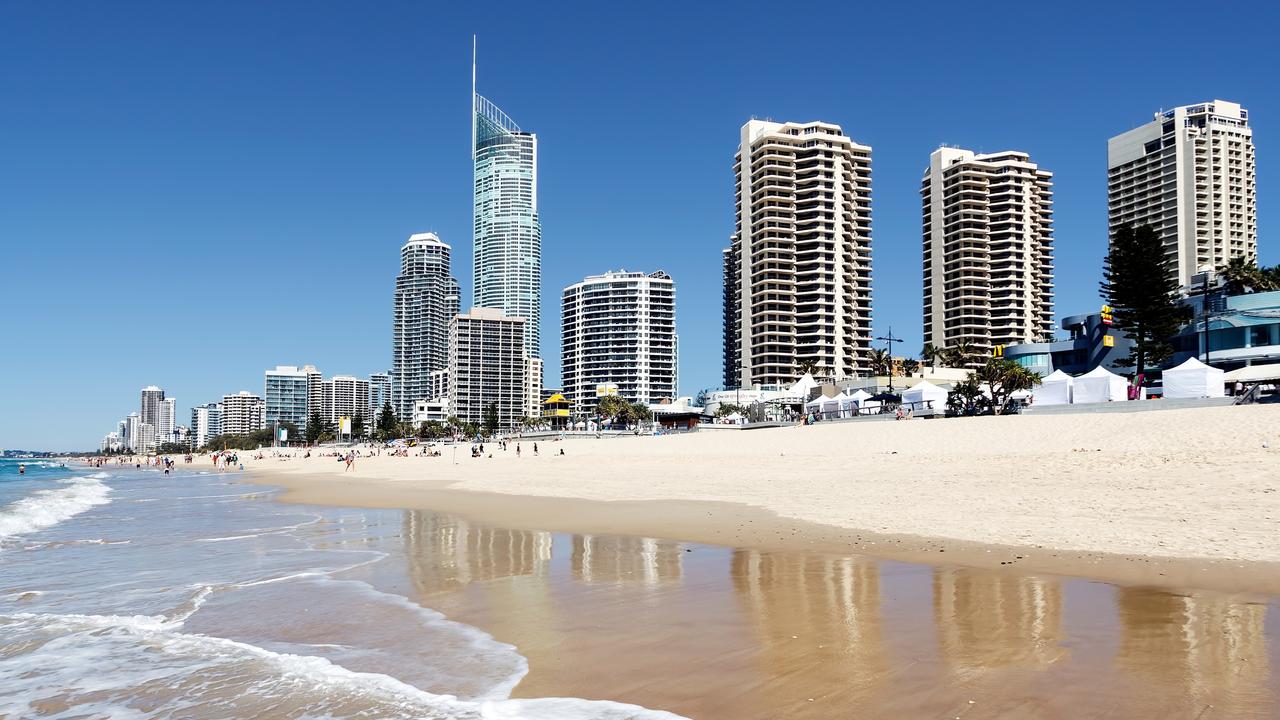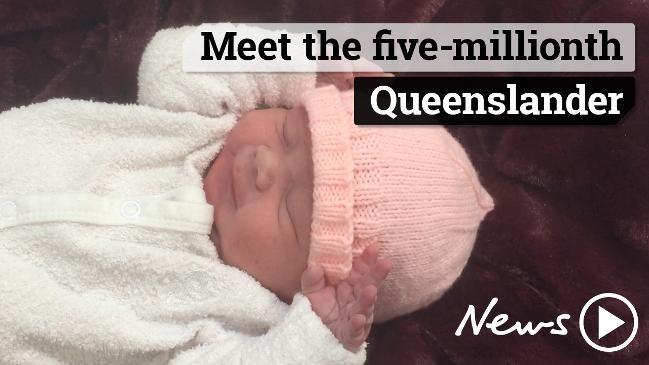Australia’s population is about to hit 25 million
NO WONDER our cities are struggling with congestion and housing unaffordability — Australia is growing faster than ever before.

AUSTRALIA’S population is growing faster than ever before and is now set to hit a milestone it wasn’t expected to reach until 2051.
Less than 20 years ago, in 1999, Australia’s population was 19 million and it wasn’t expected to top 25 million until 2051. But figures released this week from the Australian Bureau of Statistics now predicts this milestone will be reached in early August this year — that’s 33 years earlier than scheduled.
Social researcher and demographer Mark McCrindle, of McCrindle Research, said it took just two and a half years to add the last million people.
“That’s a record, the previous million took two years and nine months,” Mr McCrindle told news.com.au.
When Australia’s population jumped from 23 to 24 million on the 23 April, 2013, it was the first time that a million people had been added in less than three years.
“The speed we are adding each million now has never been shorter,” Mr McCrindle said.
“The population increase has never been greater.”
Back in 1999, a press releases from then-financial services minister Joe Hockey, suggested population growth would actually slow down as natural increase — births minus deaths — fell and migration levels remained steady. The reality has been very different.
“Natural increase has grown and net migration has increased even more,” Mr McCrindle said.
Previously natural increase was the biggest factor, contributing 53 per cent of the population growth, while migration only made up 47 per cent.
The latest data from 2017 found natural increase made up just 38 per cent of the growth, while migration was responsible for 62 per cent of the increase.
“So back then, net migration was contributing less than half of the growth, now it’s almost two-thirds.”
This is in line with the most recent Census results that showed Australia was more multicultural than ever, with 26 per cent born overseas, compared to 1966 when only 18 per cent of the population had been born overseas.
The accelerated population growth has brought some positive impacts including driving economic growth, domestic demand and the growth in the property sector, but it’s also created challenges.
“It seems city planning and general infrastructure provision was based on population growth that was a lot less than we are actually experiencing,” Mr McCrindle said.
“If you are wondering why we have infrastructure bottlenecks, traffic congestion and housing unaffordability, it’s because the growth was red hot and the planning was based on the wrong numbers.”
However, in recent years there has been massive infrastructure investment and changes to housing development and land release strategies to accommodate demand.
“We are back on track with our planning but particularly in our cities, we are still playing a bit of catch-up and that’s why residents in our largest capitals are experiencing ‘growing pains’ as the population increases,” Mr McCrindle said.
The population figure includes anyone who intends to stay in Australia for more than one year and that includes overseas students, long-term holiday makers and those who have skilled visas.
“They are all contributing to the economy and have been a key economic driver so that’s why you’re not going to see the migration number being pulled back that much,” Mr McCrindle said. “The economy is relying on it.”
He said the big question was where would Australia end up.
“Based on the current growth tracker, we will exceed 40 million by 2051,” Mr McCrindle said. “Sydney will exceed eight million in that year and Melbourne will similarly exceed eight million.
“We are really going to have those megacities and indeed, global cities.”
To put this in perspective, the current population of London based on 2011 figures, is just over eight million.
While some may be worried about such huge growth, Mr McCrindle said Australia had the land mass to handle it.
“We’ve got a population of 25 million living on a land mass similar in size to the US which has 325 million,” he said.
“Certainly if we can get regional growth right and rebalance our population to areas outside of Sydney and Melbourne, our land mass can accommodate it if we have the right infrastructure.
“Canada also has a similar land mass and they’re at 36 million currently — that’s the scale of where we’re headed.”
AUSTRALIA SET TO HIT 25 MILLION
Australia’s population grew by 388,000 people in 2017 and reached 24.8 million by the end of the year.
The Australian Bureau of Statistics is now predicting Australia will reach a population of 25 million in early August 2018.
“Victoria continues to lead the nation in population growth with an annual increase of 2.3 per cent, followed by the ACT at 2.2 per cent and Queensland at 1.7 per cent,” ABS Demography Director Anthony Grubb said.
“The Northern Territory recorded the lowest growth at 0.2 per cent.”
Notably, there seems to have been a turnaround in ACT and Tasmania, which are experiencing renewed growth.
The ACT’s population grew by 2.2 per cent in the year ended 31 December 2017, the highest growth recorded for the territory since 2012.
ABS Demography Director, Anthony Grubb, said 48 per cent of this growth was coming from net overseas migration, followed by natural increase (44 per cent) and net interstate migration (8 per cent).
Both net overseas migration and natural increase, which takes into account births and deaths, were at the highest levels ever experienced in a calendar year by the ACT.
Meanwhile, Tasmania’s growth rate is back to levels last seen in 2008, thanks mainly to net interstate migration.
“While not growing as fast as some other states and territories, large gains in overseas and interstate migration have nearly tripled Tasmania’s annual population growth over the past two years, increasing from 0.3 per cent in 2015 to 0.9 per cent in the year ended 31 December 2017,” Mr Grubb said.
Overall, the main boost to Australia’s population was from overseas migrants. In 2017, net overseas migration added 240,400 people, and accounted for 62 per cent of Australia’s total population growth.
Natural increase contributed 147,500 extra people, made up of 308,500 births and 160,900 deaths.

charis.chang@news.com.au | @charischang2





